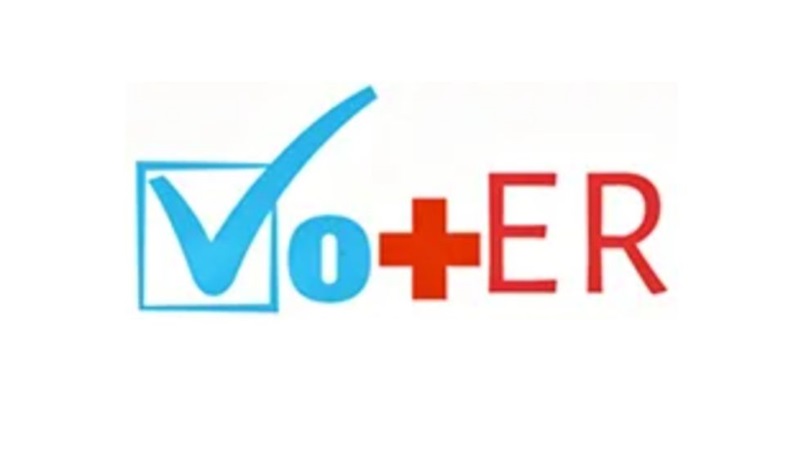The Powerful Connection Between Physical Health & Civic Health
VotER empowers patients across the country to participate in the democratic process.
September 18, 2020
Young people. Low income people. People of color. These three groups live not only on the margins of our health-care system, but also are severely under-represented in voting.* More than 50 million people who are eligible to vote are not registered, while too many people are turning to hospital emergency rooms to seek basic levels of care because they are not insured or have inadequate health coverage. Dr. Alister Martin, an emergency room physician at Mass General Hospital, has developed a solution that treats both problems, and it goes by the name of VotER.
VotER is a nonpartisan organization that was piloted at Mass General Hospital, founded by Martin and run by a team of dedicated physicians and behavior scientists united behind one mission: to make it easier for patients to participate in the democratic process. Martin believes that in order to create a more inclusive health care system in our country, we need to create a more inclusive democracy. VotER may not be the only solution but it is a start.
Today the VotER initiative has spanned the country, with over 22,000 health-care providers using the platform. Some 130 people per day are being registered to vote, and the momentum and creativity within the initiative continues to grow at an exponential rate. Participating care providers wear a lanyard that asks “Ready to Vote?” and has a customizable QR code and text number which allows patients to check their registration while waiting for care. The message is simple and effective. Dr. Martin explains that the nonprofit’s volunteers are “walking billboards” for VotER—with the goal of empowering patients to see the link between their health care and their vote and to understand that their vote can help to elect someone who will represent them, their community and their needs.The general election is less than two months away and VotER is running full steam ahead with new ideas flowing in regularly. Some participating health centers have been offering drive up clinics and have posted signs that read “honk if you want to register to vote.” Cars that respond to the sign, will get a voter registration link airdropped to them. There is some friendly competition between medical schools across the country to see who can register the most patients by October 9; currently UPenn holds the lead. VotER has also seen some community health centers reach out to their patient database via texting to let them know that they can help patients register to vote in a safe and healthy way.
VotER has done what DMVs and other voter registration sites could not do for eligible voters: deliver information through the trusted voice of a physician, who also can explain how the social determinants of health—such as housing, food access, education and climate change—feed into the health issues individuals face. What is in store for this program after the general election? Lots of deep reflective research, says Martin. He is looking forward to developing ways to continue to build bold, innovative strategies that will further mobilize the movement, reach even more providers, and make the powerful connection between physical health and civic health. To learn more and support this program you can visit their website at vot-er.org.
*According to data collected by VotER 41% of young adults (age 18-24); 50% of people with a family income of less then $30,000; 43% of eligible Latinos; 31% of eligible African Americans are unregistered to vote. In comparison, young adults were two times as likely to have non-urgent ER visits compared to older adults, low-income patients are more likely to make non-urgent ER visits, African American patients are more likely than White patients to make non-urgent ER visits.

